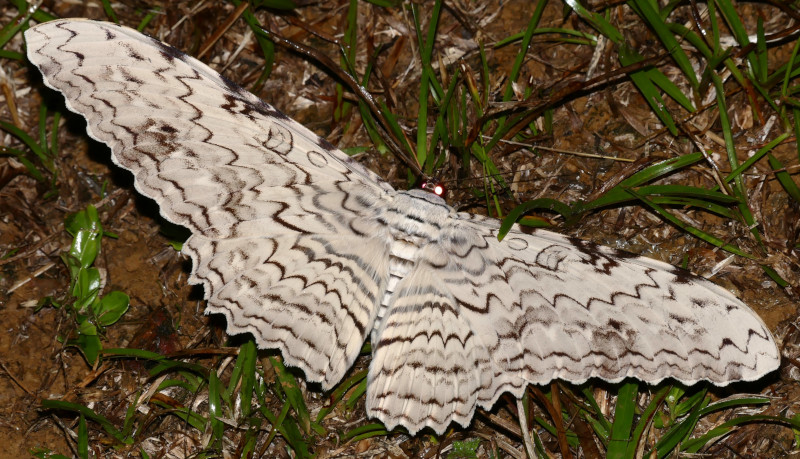
White Witch Moth Facts
- Perhaps most notably, the term White Witch Moth serves as the common name for one of the largest Lepidoptera in the world. This marvelous insect also holds several other general titles, though. These include the optional terms of Ghost Moth and Great owlet moth.
- Within scientific circles, however, it’s perhaps much better known by its entirely technical designation. Unfortunately, that one’s somewhat difficult for the layperson to pronounce. That’s because this marvel of Nature holds the official moniker of Thysania agrippina.
- The memserizing product of evolution received that particular epithet due to the efforts of Peiter Cramer. The highly respeced Dutch entomologist recorded the first formal recognition of it as a separate and distinct species. He achieved that noteworthy deed in the year 1776.
- This remarkable creature stands out in the annals of science for a most spectacular reason. It possesses the broadest wingspan of any known insect on the planet. One studied specimen displayed a set of wings that, when extended, measured nearly 12 in (30 cm) across!
- For the moment, the IUCN does not have a listing for the breathtaking White Witch Moth on its published Red List of Threatened Species. This occurs partly because of the relatively wide distribution of the insect. Many experts nonetheless consider it to presently be at risk.
- That’s at least partially due to a significant reduction of its natural habitat. Sadly, that further holds true throughout the entirety of its established range. It must also be considered to be at risk due to the effects of climate change, though. In that it mirrors many other creatures.
Related Articles
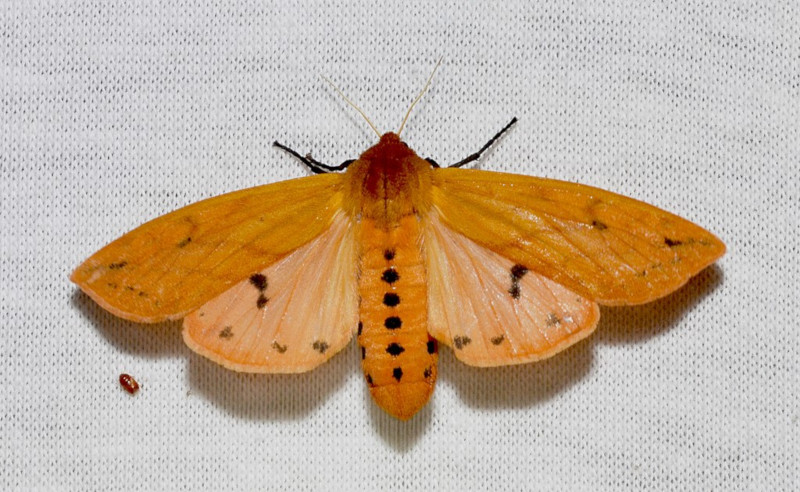
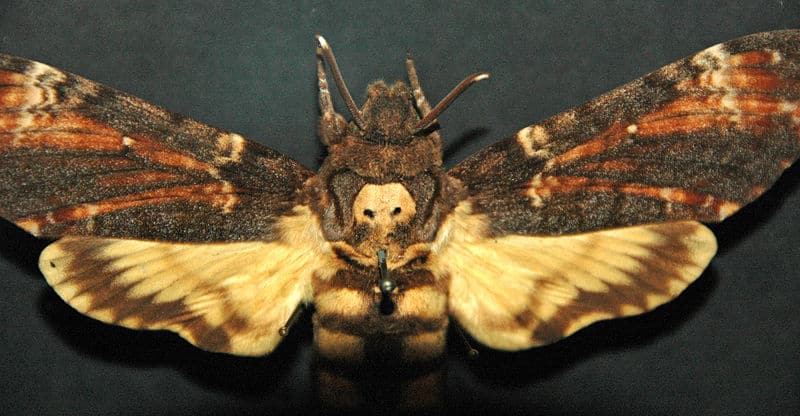
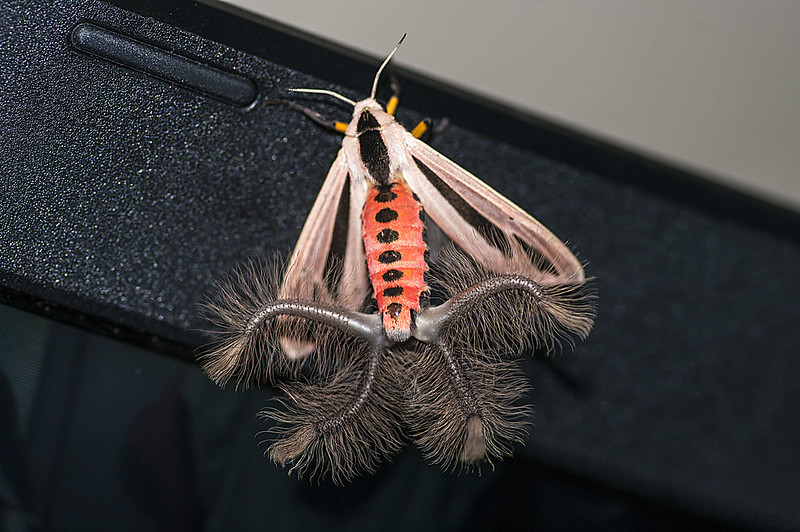
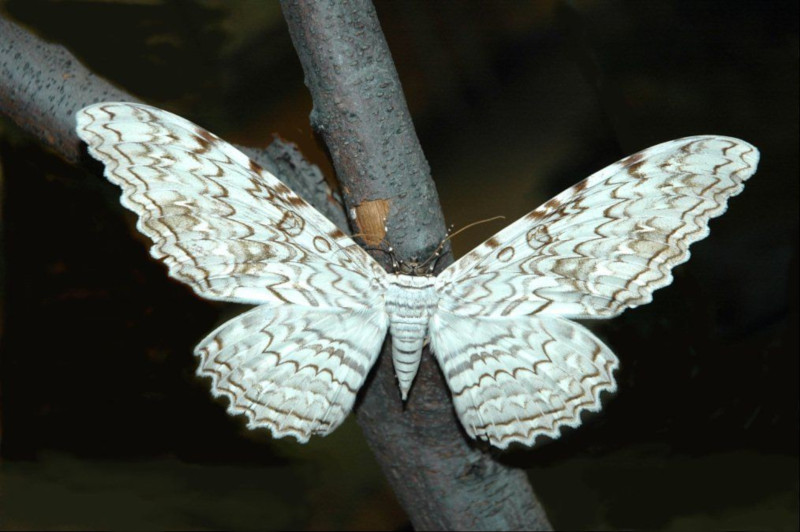
White Witch Moth Physical Description
The first thing the majority of those individuals who spot it notice about the extraordinary White Witch Moth is its incredible beauty. That fact’s certainly quite understandable, of course. However, the lovely Lepidoptera also equally deserves full attention for its extremely large size.
The fabulous Arthropod also follows a pattern of development mirroring that of many species around the world, including its many relatives, as well as numerous other insects. That’s the fact that it displays a certain degree of the physiological characteristic known as sexual dimorphism.
Some of the earth’s fauna manifest this trait in terms of appearance alone. Others, however, do so purely in respect to physical dimensions. Still more manage to combine the two in the presentation of gender-based distinction. In its case, though, it does so solely in overall physical appearance.
Its wings frequently reach a span measuring as much as 12 in (30 cm). Overall, the upper side of the wings of both sexes displays either a creamy white or light brown in color. Several black and brown lines additionally zigzag across the wings. The underneath, however, appears differently.
This part of the large yet delicate wings mainly shows a vivid violet-black, along with white spots and markings. The males of the White Witch Moth, though, tend to have more patterns, as well as a white spot on the forewings. This minor difference is what visually distinguishes the genders.
- Kingdom: Animalia
- Phylum: Arthropoda
- Class: Insecta
- Order: Lepidoptera
- Family: Erebidae
- Genus: Thysania
- Species: T. agrippina
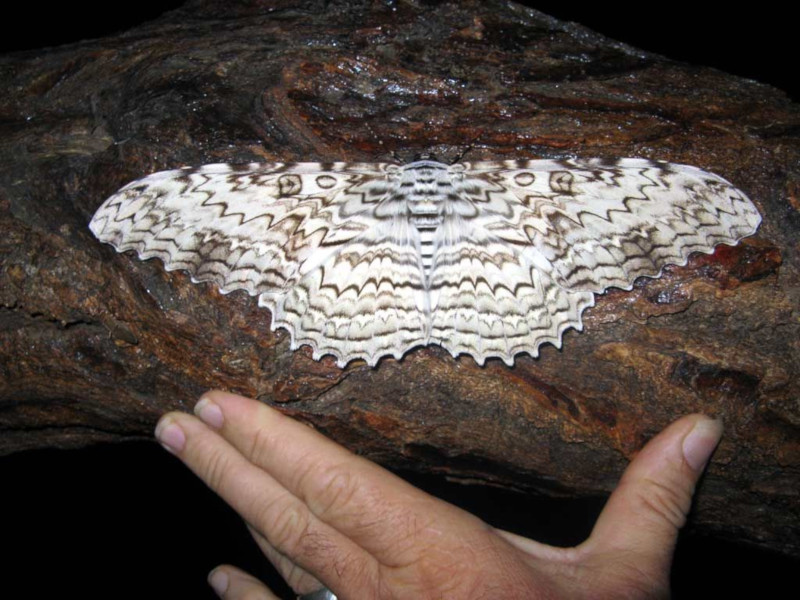
White Witch Moth Distribution, Habitat, and Ecology
Most fortunately, the magnificent White Witch Moth inhabits a relatively broad portion of the surface of the world, compared to the majority of Lepidoptera. That partly holds true due to the fact that the Arthropod occurs in a range that begins in southern Mexico, in North America.
Following that natural pattern, however, its native territory expands dramatically. In fact, this extends through all of Central America. After that, it also reaches all the way to the northern sections of the continent of South America. This remains among the greatest of ranges for a moth.
Quite lamentably, entomologists do not presently know a great deal about some facets of the life of this beautiful and intriguing insect. Some facts about its native habitat, however, have been noticed. For one, the marvelous creature appears to be extremely adaptable to different habitats.
That’s because the wonder’s been observed in regions formed of rainforest, temperate forests, open grasslands, rural areas, and even within the confines of a city. One key factor about the ecology of the gorgeous and somewhat mysterious White Witch Moth does present itself, however.
That’s the fact that the caterpillar form of this species predominantly feeds on the India-rubber tree. This occurs because that’s where the female lays her eggs. This has the effect of limiting the areas in which eggs are laid. The leaves of these select plants the caterpillars consume voraciously.
Species Sharing Its Range
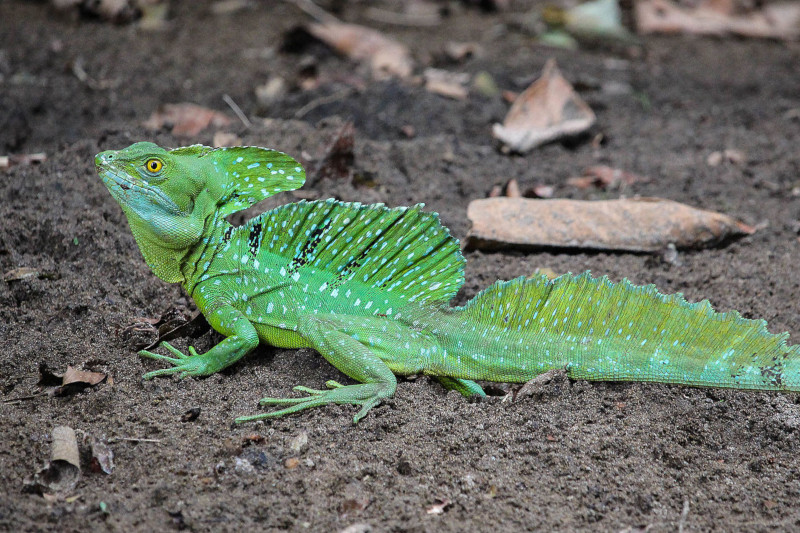
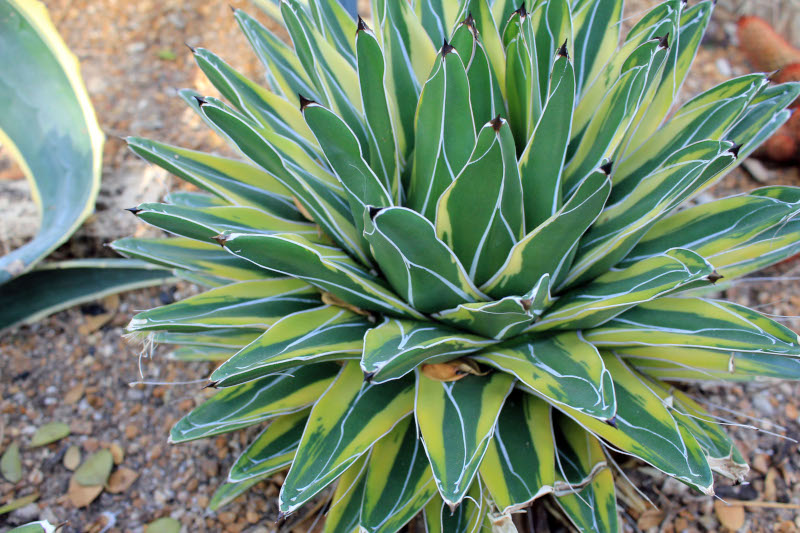
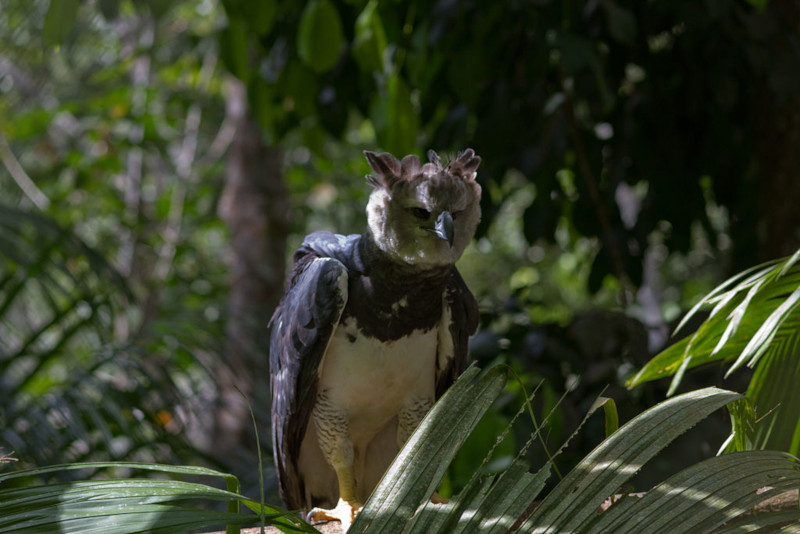
Check out our other articles on Earth’s Many Astounding Beetles, Snowy Owl, Hot Water Beach, San Diego Thornmint, Indian Giant Squirrel, Lord Howe Island Stick Insect, Jackson’s Chameleon









Leave a Reply